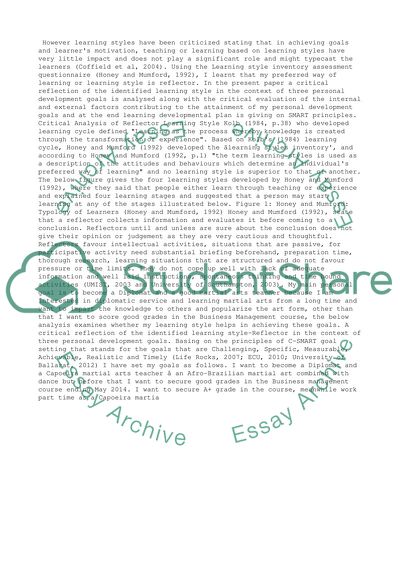Cite this document
(“Learning Styles Coursework Example | Topics and Well Written Essays - 1000 words”, n.d.)
Learning Styles Coursework Example | Topics and Well Written Essays - 1000 words. Retrieved from https://studentshare.org/management/1467795-learning-styles
Learning Styles Coursework Example | Topics and Well Written Essays - 1000 words. Retrieved from https://studentshare.org/management/1467795-learning-styles
(Learning Styles Coursework Example | Topics and Well Written Essays - 1000 Words)
Learning Styles Coursework Example | Topics and Well Written Essays - 1000 Words. https://studentshare.org/management/1467795-learning-styles.
Learning Styles Coursework Example | Topics and Well Written Essays - 1000 Words. https://studentshare.org/management/1467795-learning-styles.
“Learning Styles Coursework Example | Topics and Well Written Essays - 1000 Words”, n.d. https://studentshare.org/management/1467795-learning-styles.


